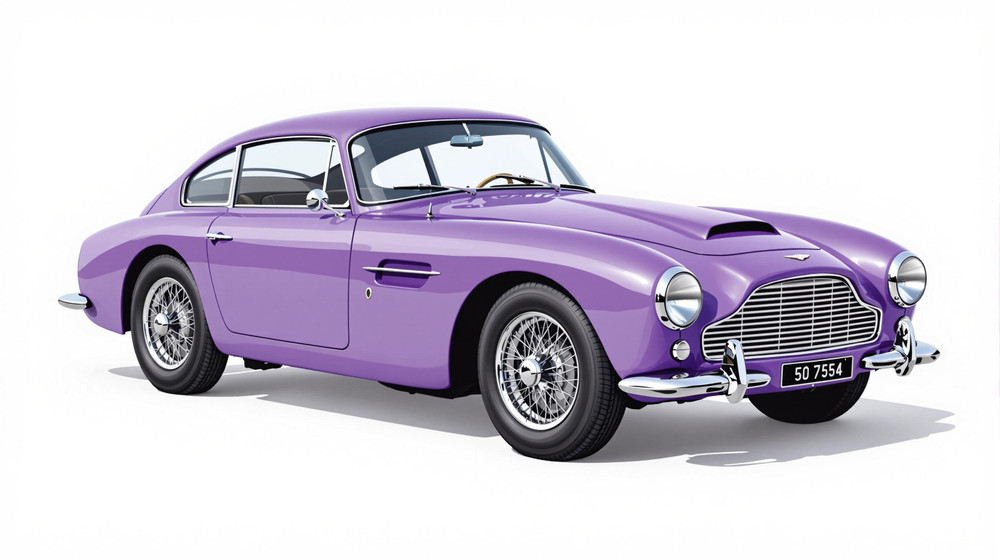Image of 1951 Aston Martin Db2, Note: These illustrations use artistic license and may differ from actual historical models.
Performance Metrics
Fundamental Metrics
Emotional Appeal
MMP Rating
| Engine Specifications | |
|---|---|
| Engine: | 2.6 L Lagonda I6 |
| Displacement: | 2.6 L (2580 cc) |
| Horsepower: | 105 hp at 5000 rpm |
| Torque: | 135 lb-ft at 2400 rpm |
| Compression Ratio: | 8.16:1 |
| Ignition System: | Twin ignition coils |
| Cooling System: | Water-cooled |
| Performance Specifications | |
| 0-60 Time: | 11.2 seconds |
| 1/4 Mile Time: | Estimated at around 18 seconds |
| Top Speed: | 116 mph |
| Transmission and Drive | |
| Drive Type: | Rear-wheel drive |
| Transmission Type: | 4-speed manual |
| Fuel and Efficiency | |
| Fuel System Type: | Twin SU carburetors |
| MPG: | Estimated at around 20 mpg |
| Dimensions and Brakes | |
| Brakes: | Drum brakes |
| Wheelbase: | 99 in (2515 mm) |
| Weight: | 2,601 lbs (1180 kg) |
Note: Specifications for classic cars are given to the best of our ability, considering the limited and variant data available.
Introduction
The 1951 Aston Martin DB2 is a paragon of British automotive excellence, a beacon of luxury and performance that emerged from the post-war era. Crafted by the venerable Aston Martin Lagonda Ltd, the DB2 is a testament to the company's resilience and engineering prowess. With its debut at the New York Motor Show in April 1950, the DB2 marked a significant milestone for the marque, introducing a line of cars that would become synonymous with sophistication and speed. A particularly intriguing fact about this model is its success at the grueling 24 Hours of Le Mans race, which cemented its status as a sports car with both beauty and brawn.
Design and Innovation
The exterior of the 1951 Aston Martin DB2 is an embodiment of classic elegance, featuring fluid lines and an assertive grille that commands attention. The craftsmanship extends to the interior, where rich leather and fine wood veneers cocoon the driver in luxury. For its era, the DB2 was at the forefront of automotive technology, boasting an advanced twin-cam straight-six engine designed by W.O. Bentley himself. Color options ranged from subdued hues to vibrant tones, with Almond Green and Moonbeam Grey being among the most sought after. The DB2 was offered in both coupe and drophead coupe body styles, with the fixed-head version being particularly iconic.
Historical Significance
The 1951 Aston Martin DB2 left an indelible mark on automotive history through its innovative design and engineering. It differentiated itself from contemporaries with its race-bred engine and lightweight construction, influencing future generations of sports cars. Its legacy is evident in the lineage of Aston Martin models that followed, each bearing the distinctive DNA first seen in the DB2.
Performance and Handling
Performance-wise, the DB2 was no slouch; it could reach a top speed of around 116 mph—a remarkable feat at the time—and sprint from 0-60 mph in approximately 11 seconds. The car's handling characteristics were praised for their precision and agility, especially on challenging roads where its balanced chassis and responsive steering came into their own. Driving a DB2 is an immersive experience; from the throaty roar of its engine to the tactile feedback through its leather-wrapped steering wheel, it connects driver and road in a way few modern vehicles can match.
Ownership Experience
The 1951 Aston Martin DB2 was versatile enough to serve as a daily driver or as a weekend showpiece. Its reliability was commendable for its time, though contemporary owners should expect regular maintenance to keep it in peak condition. While not overly complex mechanically, sourcing parts for restoration can be a challenge due to its rarity.
Fun Facts
This classic has graced many collections, including those of celebrities and racing enthusiasts alike. A testament to its endurance capabilities, a modified DB2 known as "DB2/4" set records at speed trials in Belgium. Despite its acclaim, some critics pointed out its relatively high cost during its release period compared to other sports cars.
Collector's Information
Today's collectors cherish the 1951 Aston Martin DB2 for its rarity and historical significance. Although production numbers were limited—with estimates suggesting around 400 units—its desirability has only grown over time. In terms of value, pristine examples can fetch well into six figures at auction, with prices varying based on provenance and condition. The market trend shows appreciation for well-maintained or expertly restored models.
Conclusion
The 1951 Aston Martin DB2 stands as an icon of automotive artistry—a blend of performance, luxury, and timeless design that continues to captivate enthusiasts around the world. Its contribution to Aston Martin's storied heritage is undeniable; it set a standard that subsequent models would strive to uphold. As we reflect on this classic's journey from British factory floors to prestigious concours events worldwide, one thing remains clear: the DB2 is not just a car; it's a piece of history on wheels.
1951 Aston Martin Db2 Catalog of Parts
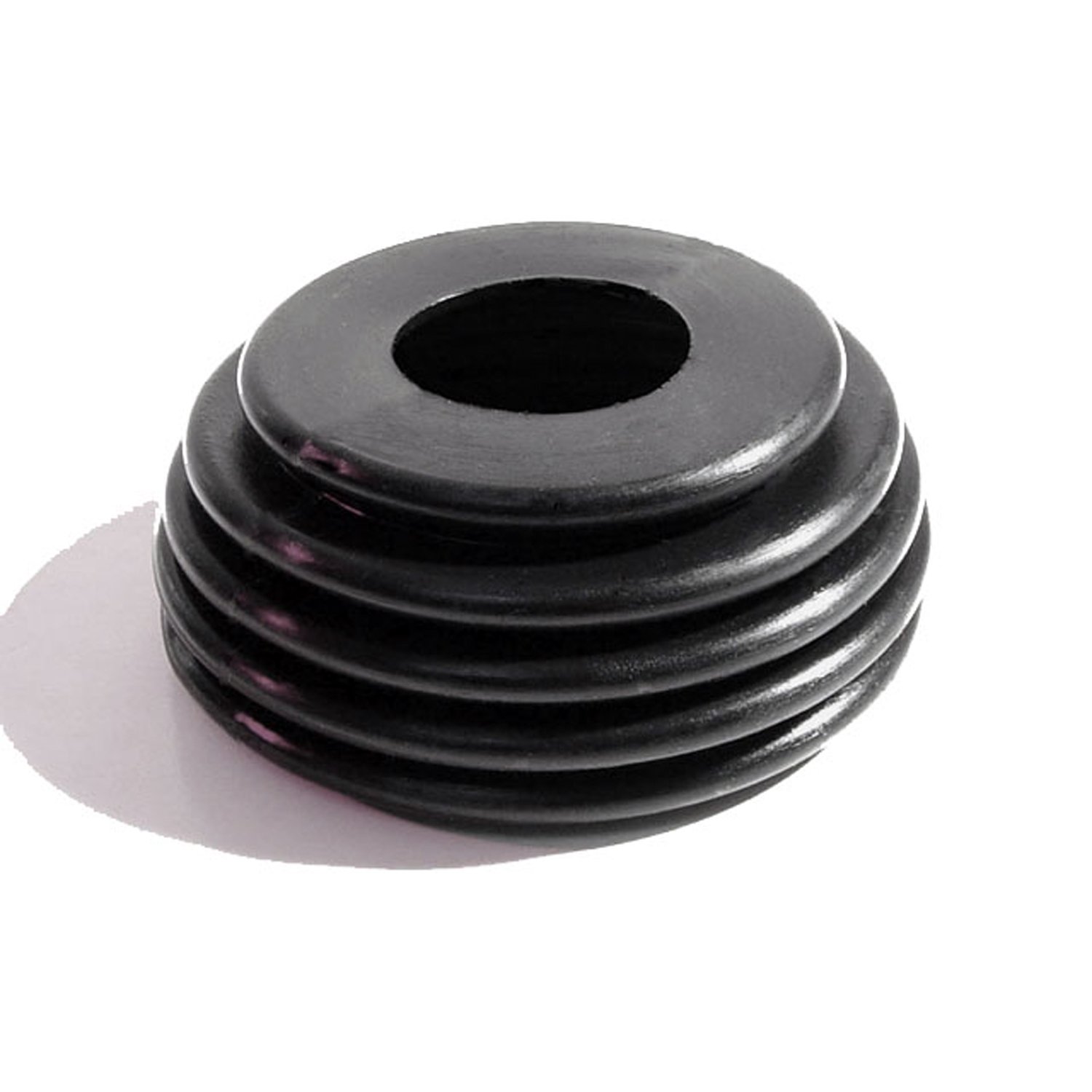 1951 Aston Martin DB2 Steering Column Dust Seal at Firewall-BL 5Steering Column Dust Seal at Firewall. 1-1/8" wide hole at top, 4-1/2" O.D. at base. Replaces AM part #50999. Each
1951 Aston Martin DB2 Steering Column Dust Seal at Firewall-BL 5Steering Column Dust Seal at Firewall. 1-1/8" wide hole at top, 4-1/2" O.D. at base. Replaces AM part #50999. Each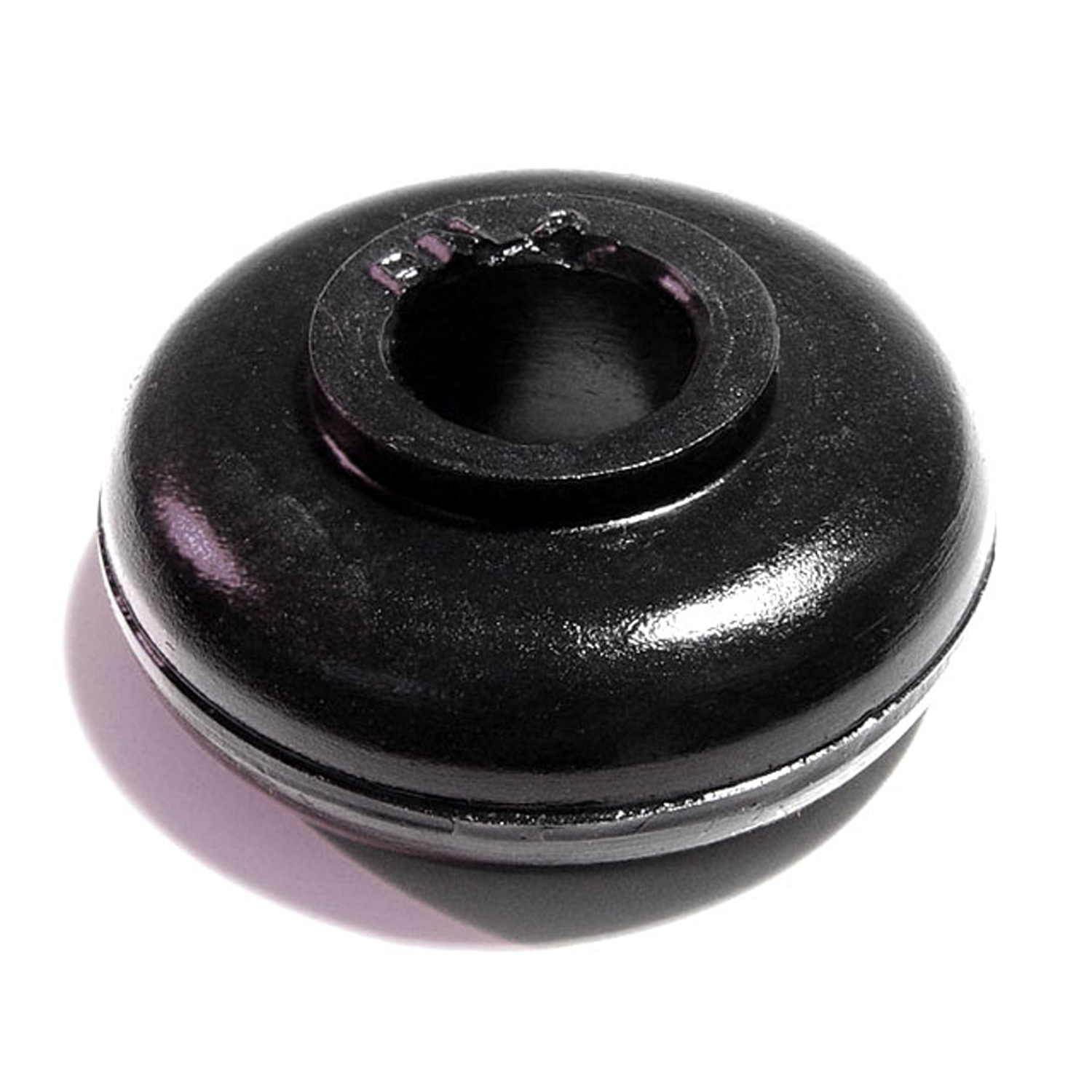 1951 Aston Martin DB2 Roll Bar Bushing. 1/2" high, with 1/2" hole. Each-BN 2Roll Bar Bushing. 1/2" high, with 1/2" hole. Each
1951 Aston Martin DB2 Roll Bar Bushing. 1/2" high, with 1/2" hole. Each-BN 2Roll Bar Bushing. 1/2" high, with 1/2" hole. Each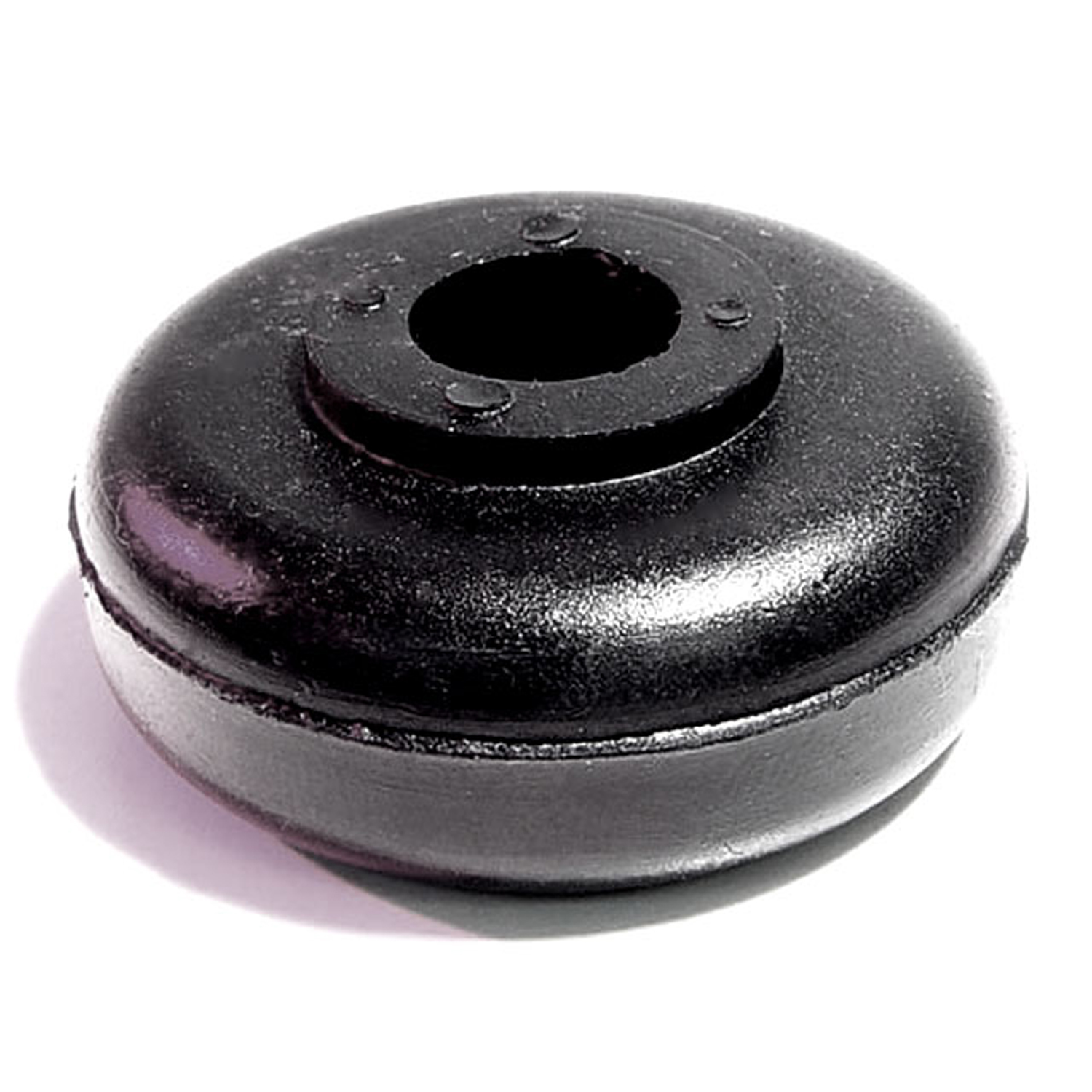 1951 Aston Martin DB2 Shock Grommet. 9/16" high, 3/8" hole. Each-BN 2-AShock Grommet. 9/16" high, 3/8" hole. Each
1951 Aston Martin DB2 Shock Grommet. 9/16" high, 3/8" hole. Each-BN 2-AShock Grommet. 9/16" high, 3/8" hole. Each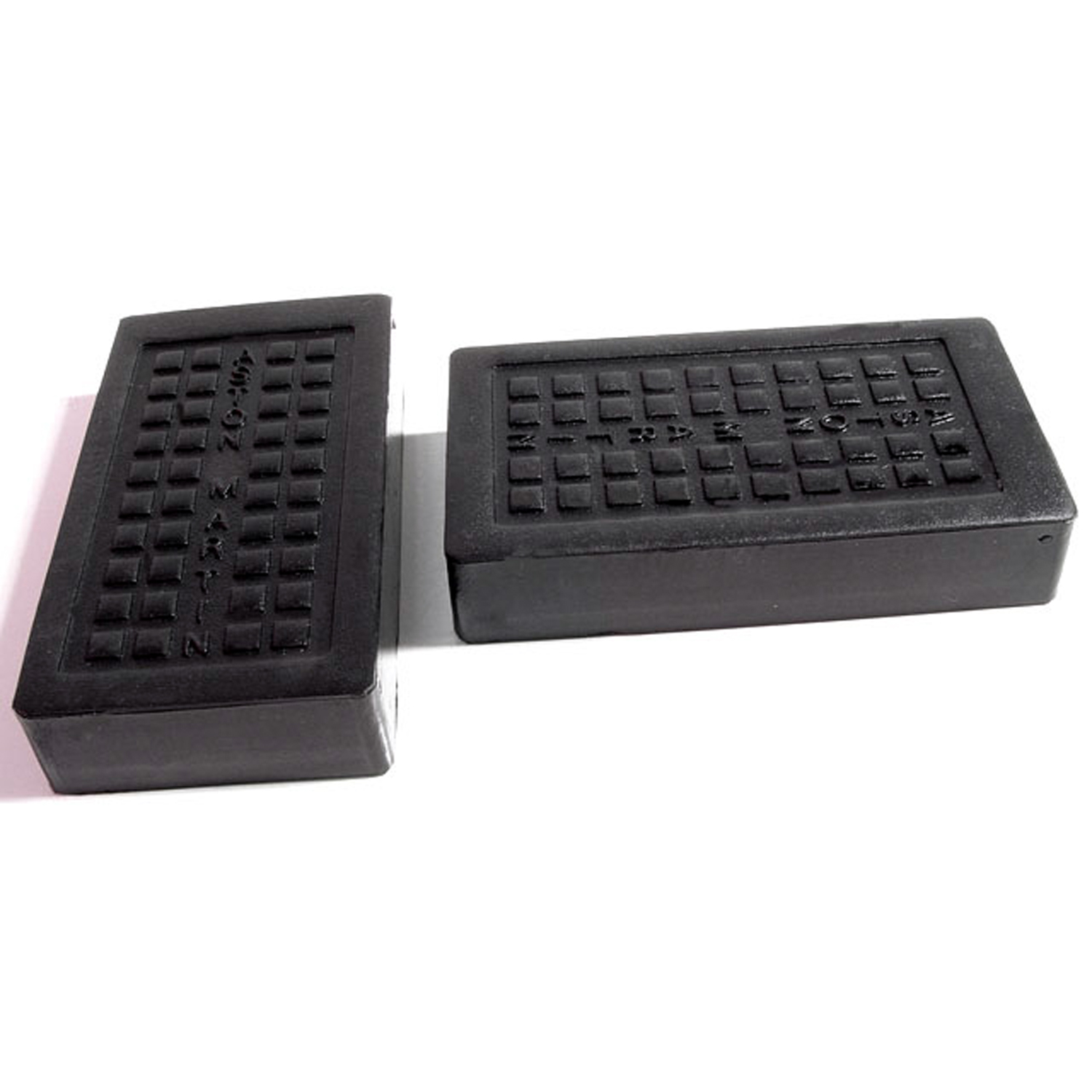 1951 Aston Martin DB2 Clutch and Brake Pedal Pads. Perfect reproduction-CB 175Clutch and Brake Pedal Pads. Perfect reproduction. 1-3/4" wide X 3-1/4" long. Pair
1951 Aston Martin DB2 Clutch and Brake Pedal Pads. Perfect reproduction-CB 175Clutch and Brake Pedal Pads. Perfect reproduction. 1-3/4" wide X 3-1/4" long. Pair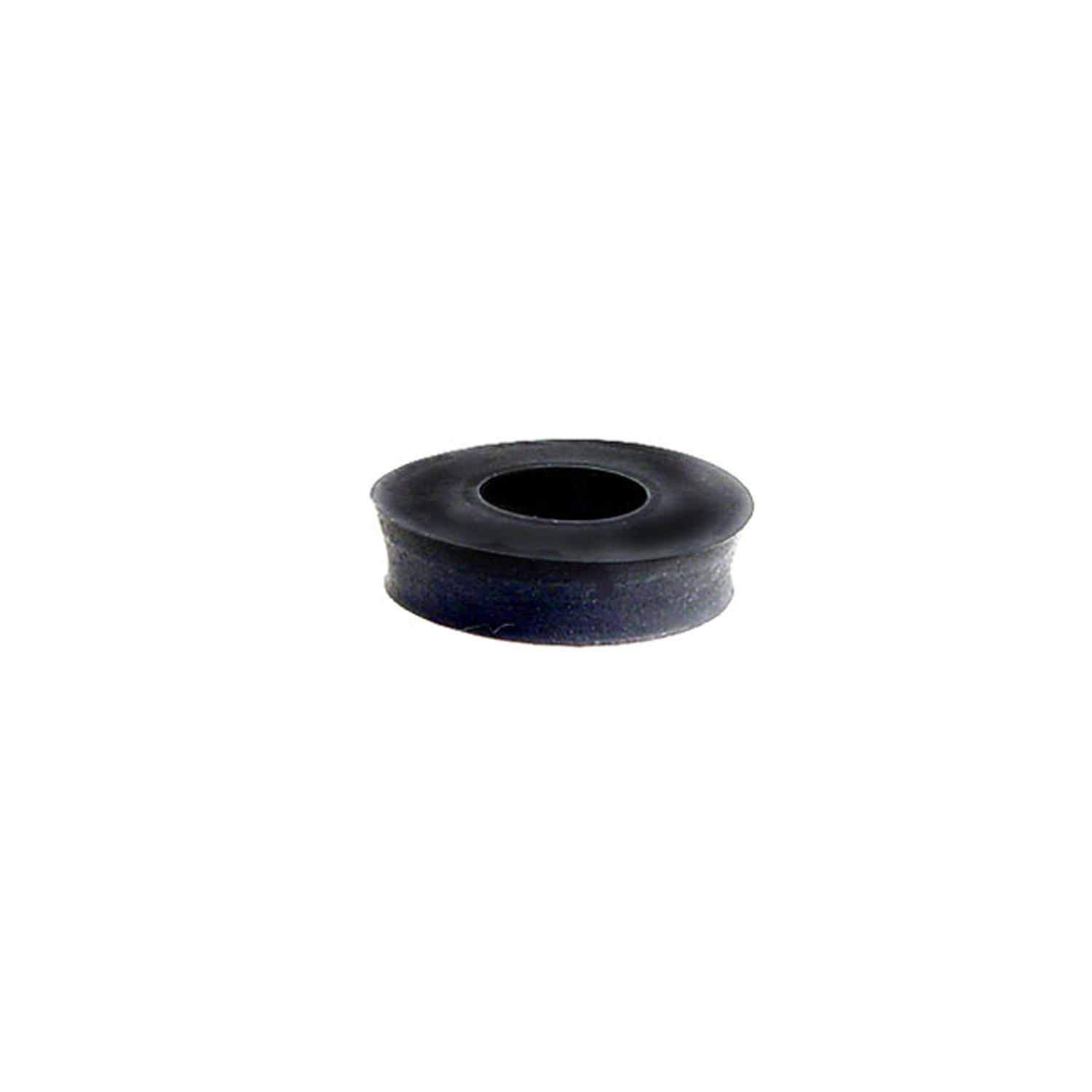 1951 Aston Martin DB2 Radiator Rod Cushion. 1/4" thick, 3/8" hole, 1" O.D-RA 1Radiator Rod Cushion. 1/4" thick, 3/8" hole, 1" O.D. Eight used per car. Each
1951 Aston Martin DB2 Radiator Rod Cushion. 1/4" thick, 3/8" hole, 1" O.D-RA 1Radiator Rod Cushion. 1/4" thick, 3/8" hole, 1" O.D. Eight used per car. Each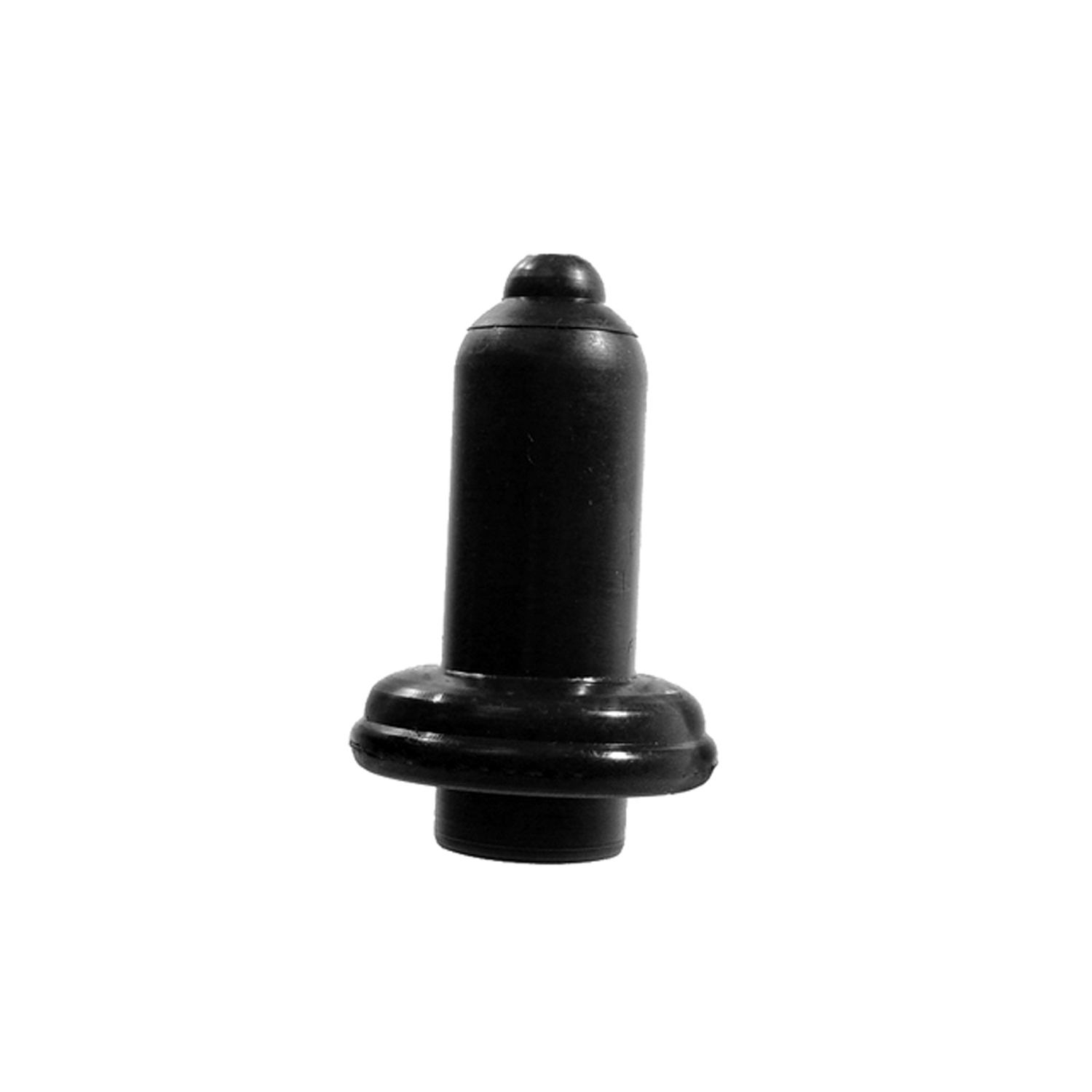 1951 Aston Martin DB2 Spark Plug Boot. Each-RP 1-ZSpark Plug Boot. Each
1951 Aston Martin DB2 Spark Plug Boot. Each-RP 1-ZSpark Plug Boot. EachWhy Choose Metro?
For over 100 years, Metro Moulded Parts has been the pinnacle of quality in classic car restoration parts. Our commitment to precision and authenticity in every component ensures a perfect fit and an OEM-level appearance.
- Expert Craftsmanship & Quality: Each part is a testament to our dedication to reliability and perfection, crafted from original designs and thoroughly tested.
- Advanced Technology: We use cutting-edge techniques to create flawless, long-lasting parts that surpass others in performance.
- SuperSoft Sponge – The Ultimate Door Seal: Not only are our door seals 30% softer than competitors', but they're also guaranteed to never leak. They effectively reduce wind and road noise, enhancing your classic car's comfort and driving experience.
- Proudly American: Our parts are a product of American craftsmanship, made in the USA with a spirit of excellence and heritage.
- Unrivaled Warranty: We back our products with a 30-year industry-leading warranty, a testament to our confidence in their quality.
Join us in preserving the legacy of classic cars with parts that are crafted for perfection, not just made.

